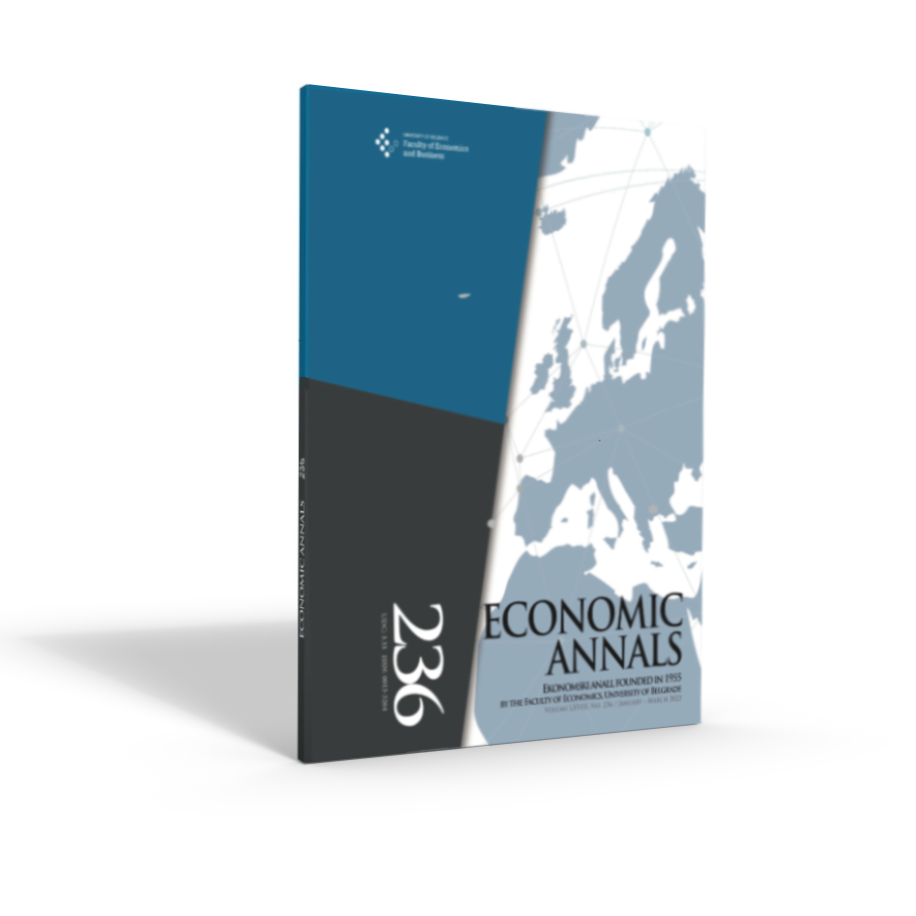ANALYSING THE ARMEY CURVE BASED ON THE FOURIER COINTEGRATION APPROACH FOR TURKEY
##plugins.themes.bootstrap3.article.main##
##plugins.themes.bootstrap3.article.sidebar##
Suleyman Kasal
Abstract
One major theoretical and empirical issue that has dominated fiscal policy for many years concerns the optimal size of government. Armey (1995) believes that the relationship between government expenditure and economic growth is an inverted U-shape, arguing that there is an optimal point where government expenditures maximise economic growth. The primary objective of this study is to investigate the validity of the Armey curve for Turkey in the period 1998:Q1-2020:Q4 using the Fourier cointegration method. The study has found that the Armey curve is valid for Turkey. The evidence indicates that the optimal size of government in Turkey is equal to approximately 18.5% of GDP. This paper highlights that the notion that government expenditure increases economic growth should not be seen as the only policy option. A key policy priority should therefore be to design fiscal policies that take into account this non-linear relationship.
##plugins.themes.bootstrap3.article.details##
Keywords
Armey curve, government expenditure, fiscal policy, Fourier cointegration method, Turkey.
JEL Classification
H1, C32, E62
Issue
Section
Articles
How to Cite
Kasal, S. (2023). ANALYSING THE ARMEY CURVE BASED ON THE FOURIER COINTEGRATION APPROACH FOR TURKEY. Economic Annals, 68(236), 139-158. https://doi.org/10.2298/EKA2336139K
How to Cite
Kasal, S. (2023). ANALYSING THE ARMEY CURVE BASED ON THE FOURIER COINTEGRATION APPROACH FOR TURKEY. Economic Annals, 68(236), 139-158. https://doi.org/10.2298/EKA2336139K

